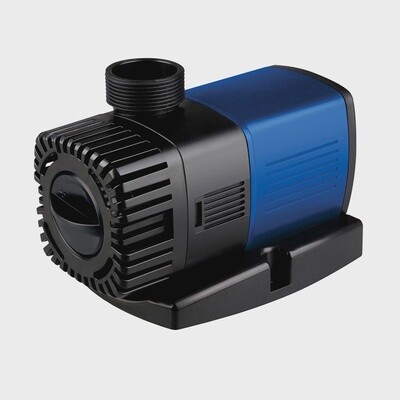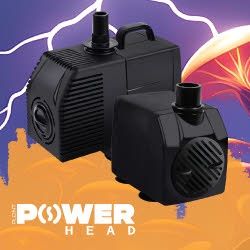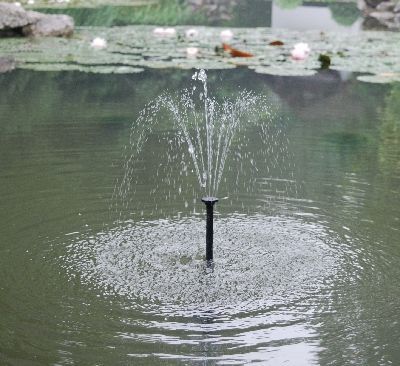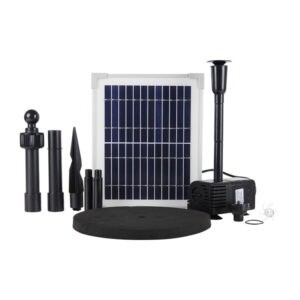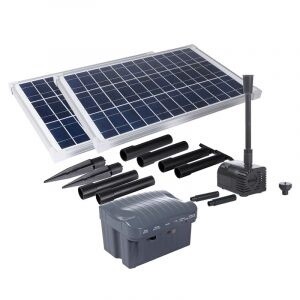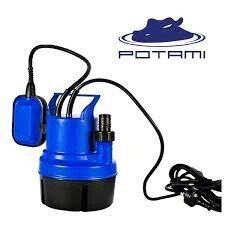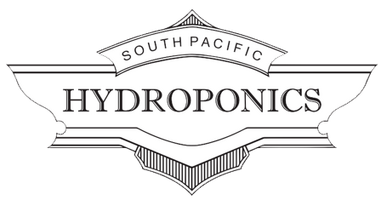*** Order Online Now for Home Delivery or Click & Collect... ***
Water Pumps
Water pumps are crucial in hydroponic systems, ensuring consistent nutrient delivery, oxygenation, water circulation, and temperature regulation for optimal plant growth and productivity.
When selecting a pump, growers should consider flow rate, head height, energy efficiency, durability, noise level, maintenance ease, and system compatibility. Proper sizing ensures optimal plant health, growth cycles, and prevents over- or under-aeration of roots.
In summary, water pumps are the heartbeat of hydroponic systems: they ensure nutrient distribution, oxygenation, water circulation, temperature stability, and system efficiency, contributing directly to plant growth, disease prevention, and yield optimization.
Core Functions of Water Pumps
Nutrient Solution Circulation
Water pumps move nutrient-rich solutions from the reservoir to plant roots, ensuring a constant supply of water and minerals. This prevents localized nutrient depletion and maintains uniform nutrient availability, which is essential for plant health
Oxygen Delivery and Aeration
Hydroponic plants rely on dissolved oxygen in the nutrient solution. Pump-induced water movement helps oxygenate the solution, preventing root suffocation, stunted growth, and diseases like root rot
Prevention of Nutrient Stratification
Without circulation, heavier nutrients can settle while lighter ones rise, creating uneven distribution. Pumps mix the solution thoroughly, maintaining homogenous nutrient levels across the system
Temperature Regulation
Circulating water helps distribute heat evenly throughout the system, avoiding hot or cold spots that can stress plants. Some advanced pumps integrate with water chillers to manage temperature, especially in climate-controlled or artificial-light settings
Water Conservation and Recirculation
Pumps enable nutrient solution recirculation, reducing water consumption by up to 90% compared to soil-based gardening. By returning runoff to the reservoir, they maximize efficiency and sustainability
Types of Water Pumps
Submersible Pumps: Placed directly in the nutrient reservoir, ideal for small to medium systems such as Deep Water Culture (DWC) or small NFT setups. They are cost-effective, compact, quiet, and often easy to maintain.
Inline (External) Pumps: Installed outside the reservoir, suitable for large systems or setups requiring high flow and head pressure, such as aeroponics or large NFT channels. They provide greater power and longer reach but can be noisier and require more complex installation
Airlift Pumps and Air Pumps: Mainly used to oxygenate the solution and supplement primary water circulation in certain setups
Water Chiller Pumps: Circulate water through cooling systems to maintain stable temperatures important for nutrient uptake
Solar Water Pumps: Eco-friendly options for off-grid or water-scarce setups, powered by solar energy.
System-Specific Applications
Nutrient Film Technique (NFT): Requires consistent thin water flow over roots. A reliable submersible or inline pump prevents flooding or drying out
Deep Water Culture (DWC) and Recirculating DWC: Pumps circulate oxygenated nutrient solution and maintain uniform conditions across containers
Aeroponics: High-pressure pumps form a nutrient mist, optimizing root nutrient and oxygen access
Ebb and Flow / Flood and Drain Systems: Pumps fill and drain grow beds on cycles, demanding strong and rapid water movement
Refine by
Display prices in:AUD


